- Books Name
- Physics Book Part l and ll
- Publication
- Grow Career Publication
- Course
- CBSE Class 12
- Subject
- Physics
Gauss's Law
As a simple application of the notion of electric flux, let us consider the total flux through a sphere of radius r, which encloses a point charge q at its centre. Divide the sphere into small area elements
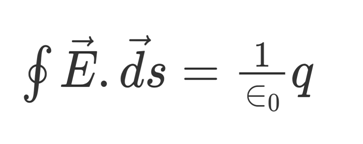
Q = ϕ ϵ0
The Gauss law formula is expressed by;
ϕ = Q/ϵ0
Where,
Q = total charge within the given surface,
ε0 = the electric constant.
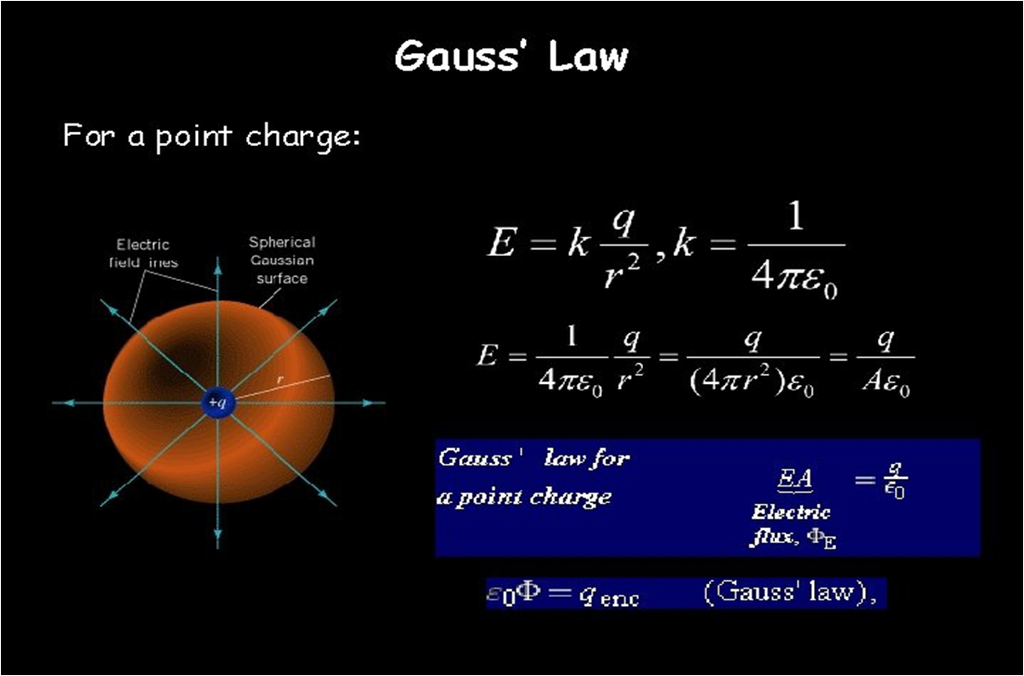
Electric Field due to Infinitely Long Straight Wire
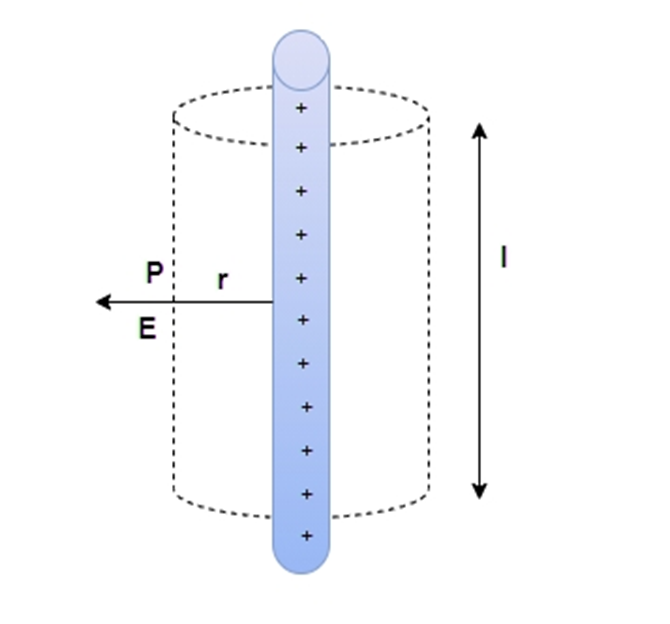
To calculate the electric field, imagine a cylindrical Gaussian surface. Since the field is radial everywhere, flux along the two faces of the cylinders is zero. On the cylindrical part of the surface, E is perpendicular to the surface at each point and its magnitude is constant since it depends only on r. The surface area of the curved part is ![]()
Flux through the surface = flux through the curved part of the cylinder
= E x ![]()
The surface encloses a charge equal to ![]()

Field due to a uniformly charged thin spherical shell
Electric Field Outside The Shell
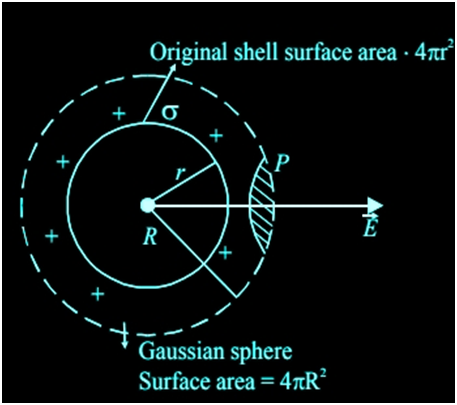
Consider a point P, placed outside the spherical shell. Here, OP=r. As shown in the figure below, the Gaussian surface as a sphere is assumed to have radius r. The electric field intensity, E¯ is said to be the same at every point of a Gaussian surface directed outwards.
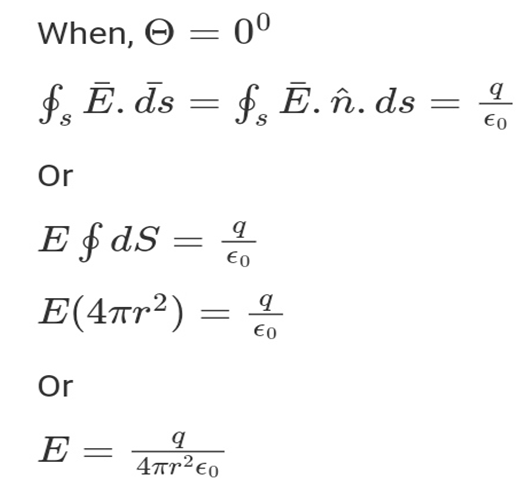

 Madhava Publications
Madhava Publications
 Grow Career Publication
Grow Career Publication
